The much anticipated pickup truck from Tesla can tow 14,000 pounds, and the base model is priced under $40,000. How does it look? Triangular.



Real intent may be to usher in lunar ownership claims.
Bao Weimin, a Director of the Science and Technology Commission of the China Aerospace Science and Technology Corporation (CASC) has been reported in Chinese and Russian state media as suggesting that China would benefit from establishing an “Earth-Moon Special Economic Zone”.
Bao said that Beijing is considering creating the first Earth-Moon economic zone by 2050. According to him, China is planning to invest in studies on how much it would cost for the idea to come to fruition, as well as for the deployment of a transportation system linking Earth and its natural satellite.
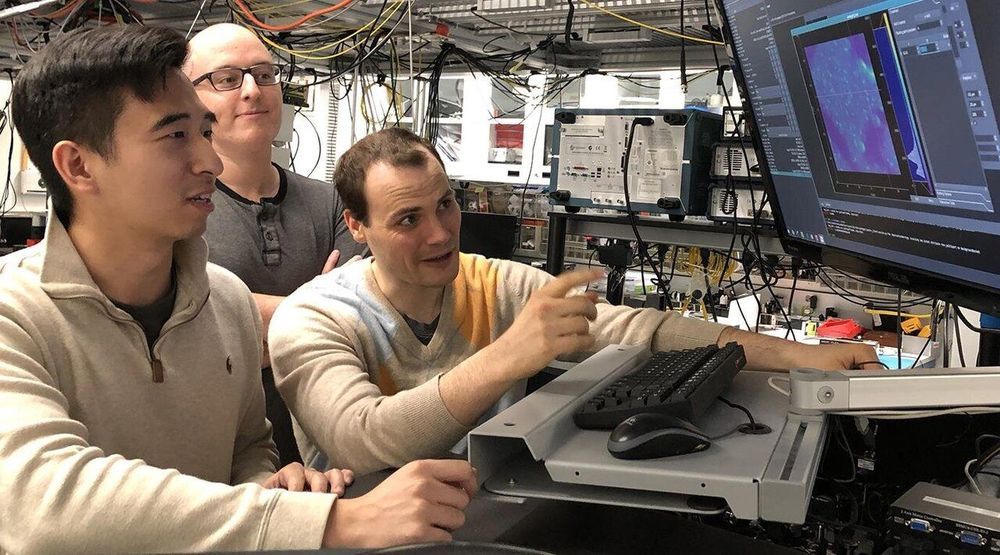
After decades of miniaturization, the electronic components we’ve relied on for computers and modern technologies are now starting to reach fundamental limits. Faced with this challenge, engineers and scientists around the world are turning toward a radically new paradigm: quantum information technologies.
Quantum technology, which harnesses the strange rules that govern particles at the atomic level, is normally thought of as much too delicate to coexist with the electronics we use every day in phones, laptops and cars. However, scientists with the University of Chicago’s Pritzker School of Molecular Engineering announced a significant breakthrough: Quantum states can be integrated and controlled in commonly used electronic devices made from silicon carbide.
“The ability to create and control high-performance quantum bits in commercial electronics was a surprise,” said lead investigator David Awschalom, the Liew Family Professor in Molecular Engineering at UChicago and a pioneer in quantum technology. “These discoveries have changed the way we think about developing quantum technologies—perhaps we can find a way to use today’s electronics to build quantum devices.”


Today, Kansas City became the first major American city to have fare-free public transit.
City council voted unanimously to make city bus routes fare-free, reports KSHB, directing the city manager to develop and enact a plan. The city’s light rail was already free.
Free bus service, which is expected to cost about $8 million, has been pitched as a major help to low-income residents who rely on transit to commute to work.
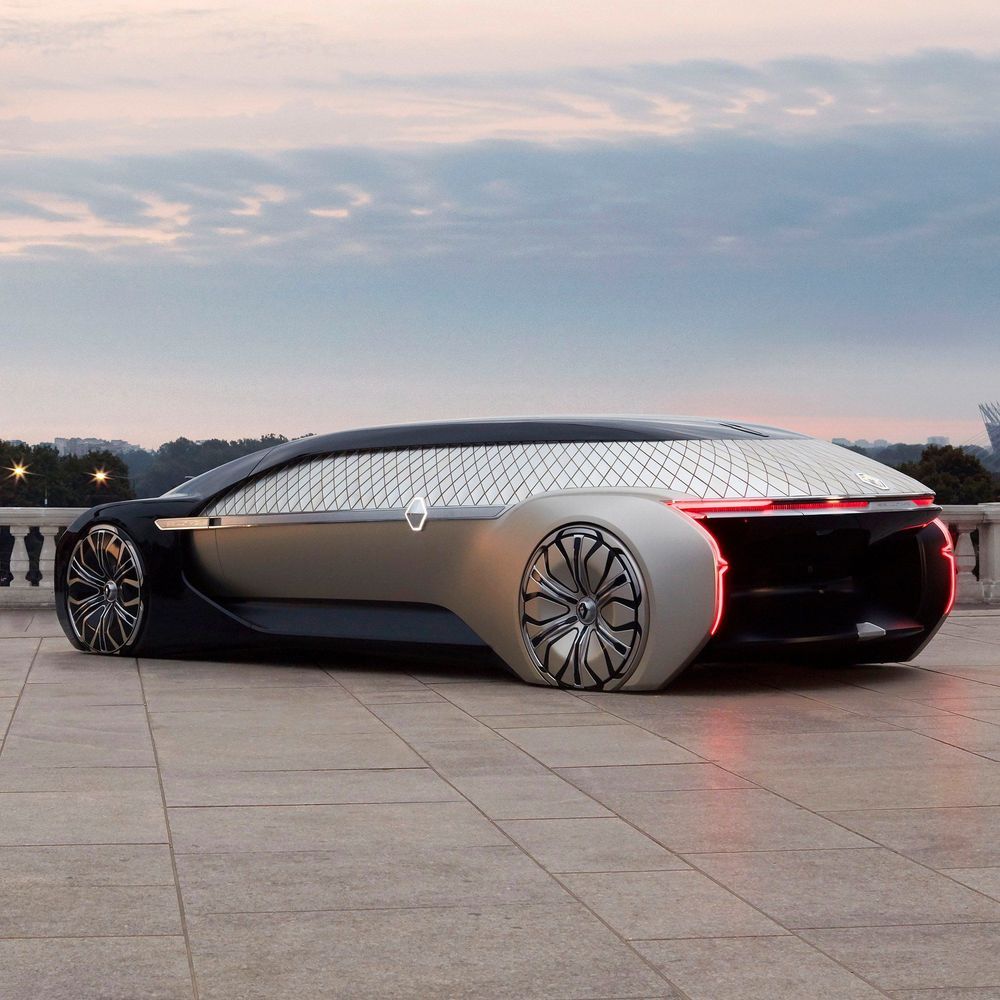
Renault’s new luxury car is entirely self-driving.
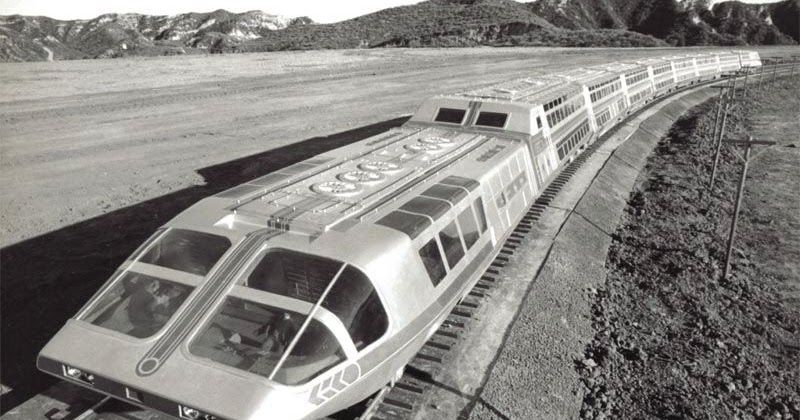
A nuclear-powered bullet train that was equipped with amenities more appropriate to a cruise ship, it had luxuries such as swimming pools and shopping centers.
Supertrain was an American television drama/adventure series that ran on NBC from February 7 to May 5, 1979. Nine episodes were made. Most of the cast of a given episode were guest stars. The production was elaborate, with huge sets and a high-tech model train for outside shots.
On February 7th, 1979, thousands of Americans were introduced to the Supertrain, which ran from New York to Los Angeles. Nuclear-powered, the super-wide-bodied train topped out at 190 miles per hour and boasted on-board luxuries like a swimming pool, a discotheque, a shopping center and a movie theater. It even had a dedicated on-board Social Director.
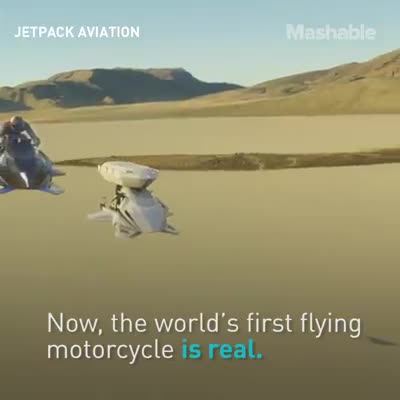
This flying motorcycle is straight out of an action movie.
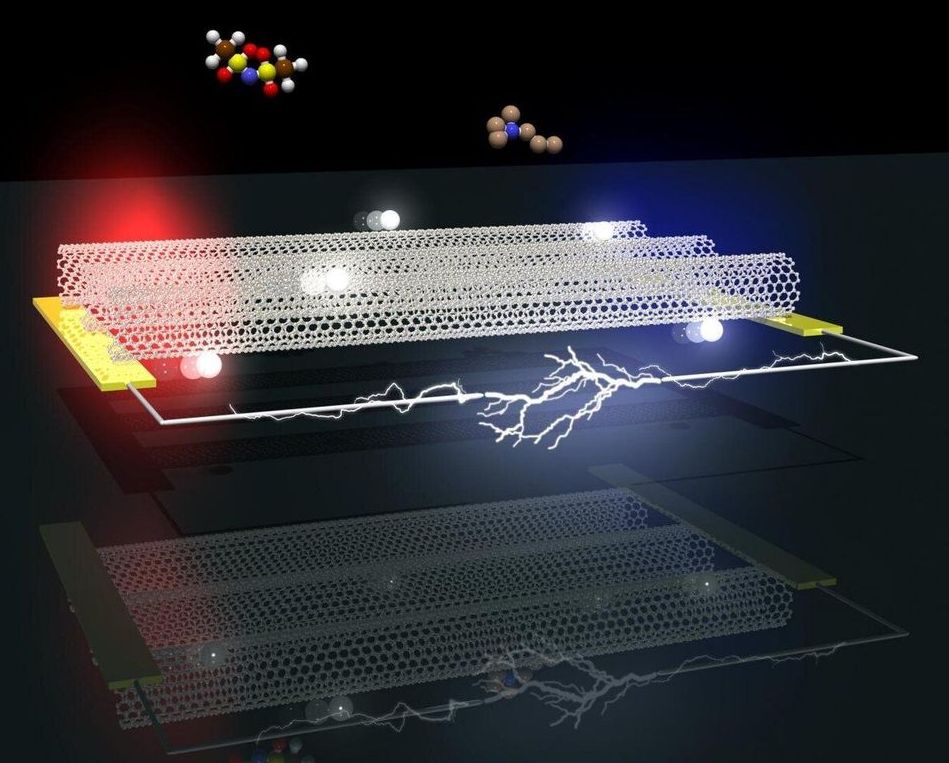
Scientists from Tokyo Metropolitan University have used aligned “metallic” carbon nanotubes to create a device which converts heat to electrical energy (a thermoelectric device) with a higher power output than pure semiconducting carbon nanotubes (CNTs) in random networks. The new device bypasses the troublesome trade-off in semiconductors between conductivity and electrical voltage, significantly outperforming its counterpart. High power thermoelectric devices may pave the way for more efficient use of waste heat, like wearable electronics.
Thermoelectric devices can directly convert heat to electricity. When we think about the amount of wasted heat in our environment like in air conditioning exhausts, vehicle engines or even body heat, it would be revolutionary if we could somehow scavenge this energy back from our surroundings and put it to good use. This goes some way to powering the thought behind wearable electronics and photonics, devices which could be worn on the skin and powered by body heat. Limited applications are already available in the form of body heat powered lights and smartwatches.
The power extracted from a thermoelectric device when a temperature gradient is formed is affected by the conductivity of the device and the Seebeck coefficient, a number indicating how much electrical voltage is generated with a certain difference in temperature. The problem is that there is a trade-off between the Seebeck coefficient and conductivity: the Seebeck coefficient drops when the device is made more conductive. To generate more power, we ideally want to improve both.
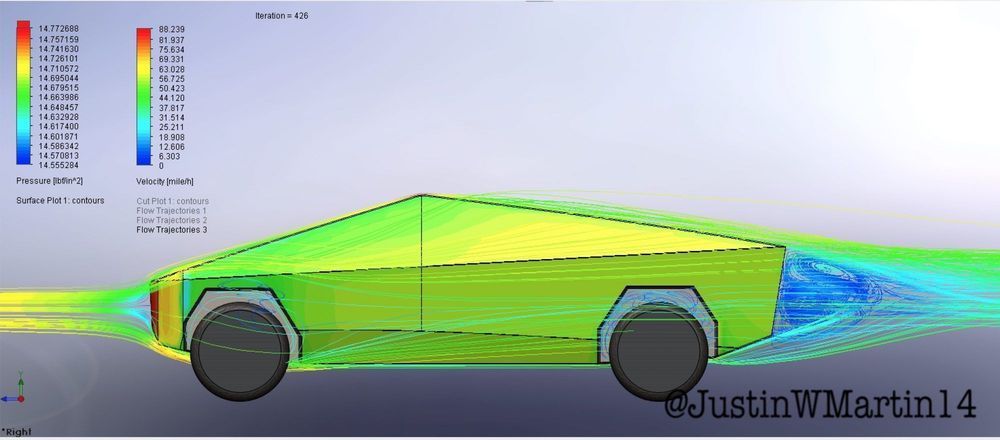
Last week we covered how the Tesla Cybertruck’s aerodynamics might be better than its boxy shape suggests, and today Tesla CEO Elon Musk responded to the numbers and suggested that the Cybertruck could get a Cd (drag coefficient) as low as .3 – quite impressive for a pickup truck.